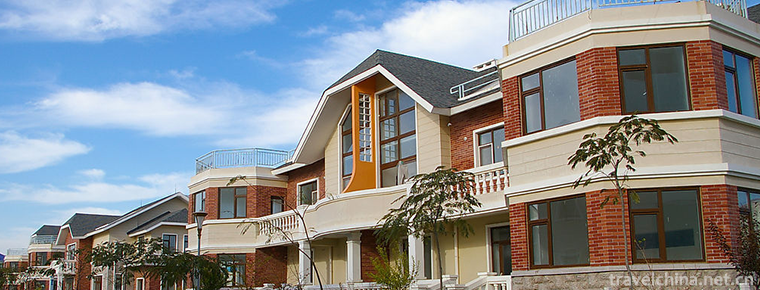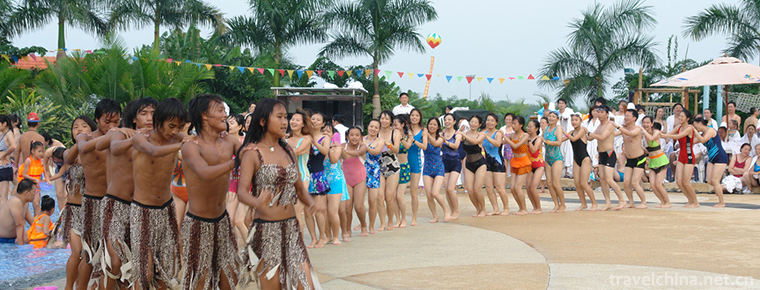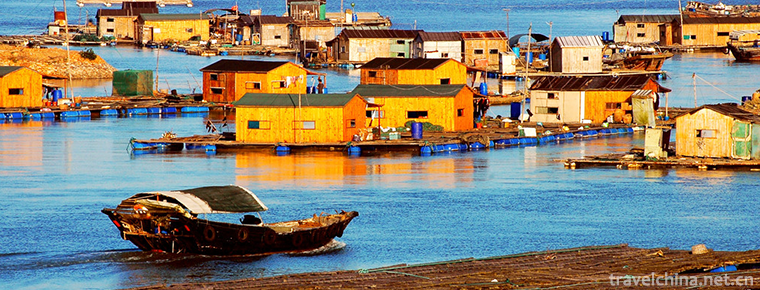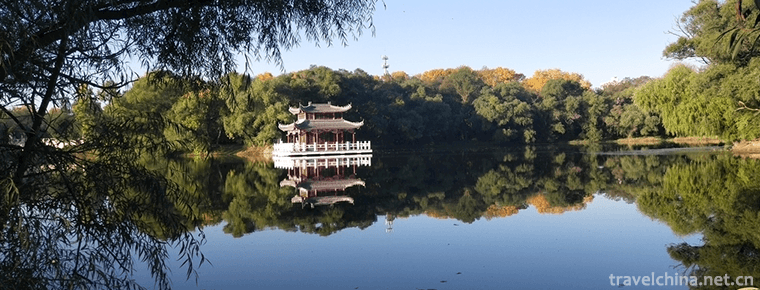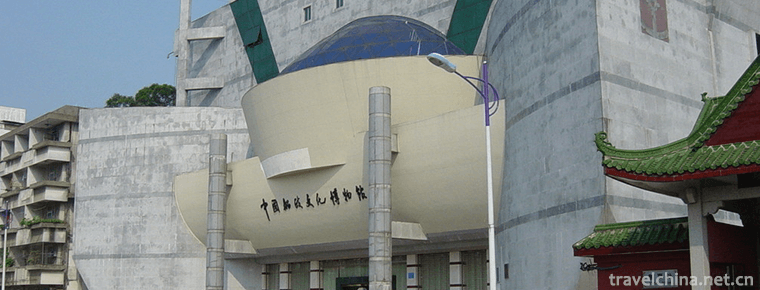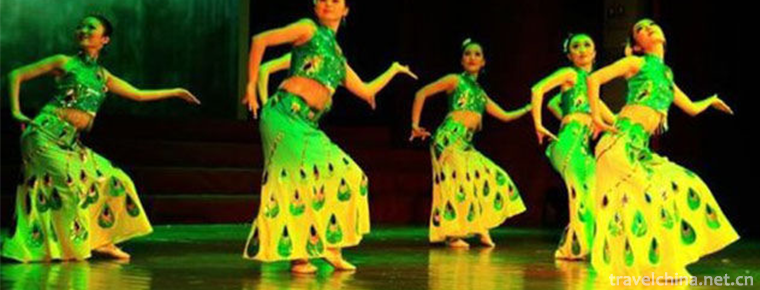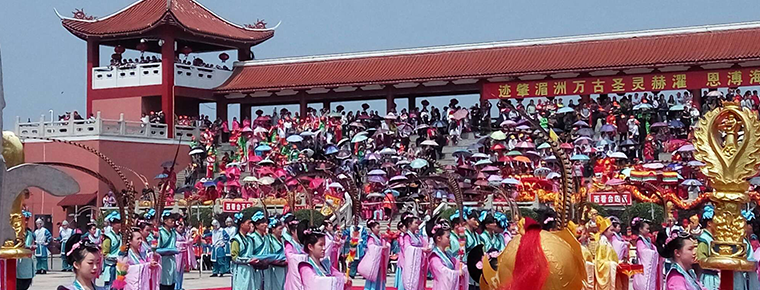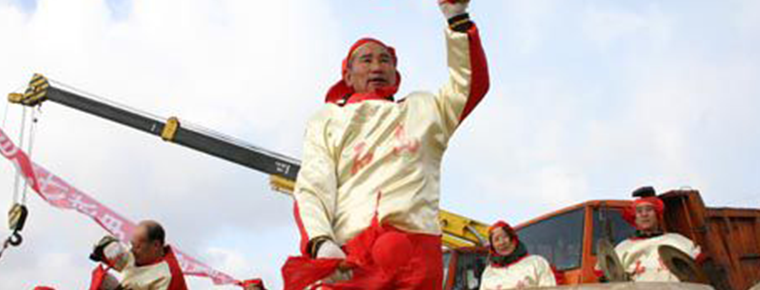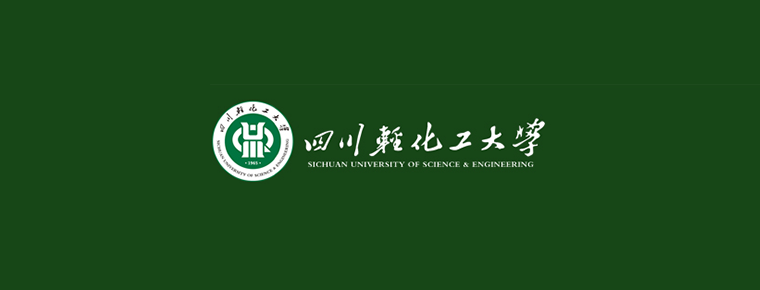Sichuan University of Arts and Science
Sichuan University of Arts and Science
Sichuan Academy of Arts and Sciences, located in Dazhou City, Eastern Sichuan Province, has a history of running higher education which can be traced back to Longshan Academy in late Qing Dynasty, which began to hold higher education in 1976, when it was called Daxian Normal College. In 1978, it was approved by the State Council as a full-time ordinary university, which was renamed Daxian Teachers College and Daxian Teachers College successively. In February 2006, it was approved by the Ministry of Education to become an undergraduate university. At present, it is the only provincial-administered general undergraduate university in eastern Sichuan. In 2016, it was designated as "the pilot unit for the overall transformation and development of Sichuan universities", and in 2018 it was added as "the construction unit authorized by Sichuan Master's Degree".
The school has two campuses, Lianhu and Nanba, covering an area of 1071.5 mu (1000 mu in Lianhu Campus and 71.5 mu in Nanba Campus), with a building area of more than 330,000 square meters. The library has more than 14433,300 books in paper, 450,000 books in electronic books, 670 kinds of periodicals in Chinese and foreign languages, and more than 89,000 yuan worth of teaching and scientific research instruments and equipment. There are more than 1182 faculty members and 7 Foreign teachers, including 632 full-time teachers (31.8% of the total number of full-time teachers with senior professional titles and 82.59% with doctoral and master's degrees). One person enjoys the special allowance of the State Council, six academic and technical leaders and reserve candidates in Sichuan Province, and three experts are outstanding contributors. There are 13 391 full-time ordinary students and 57 international students, and they are enrolled in 21 provinces and municipalities nationwide.
The school consists of Literature and Communication College, Marxist College, Political Science and Law College, Foreign Language College, Teacher Education College, Finance and Economics Management College, Mathematics College, Intelligent Manufacturing College, Chemistry and Chemical College, Architectural Engineering College, Ecotourism College, Music and Performing Arts College, Sports College and Health Industry College. There are 17 secondary colleges, including 50 undergraduate majors and 13 specialty majors, covering eight disciplines of literature, science, engineering, pedagogy, art, management, history and law. There are two provincial experimental teaching demonstration centers with provincial characteristics: chemical engineering and technology, basic foreign language experimental teaching demonstration center and culture and communication experimental teaching center. There are two provincial experimental teaching demonstration centers: outstanding engineer education and training plan project, outstanding teacher education and training plan reform pilot project, mathematical modeling teaching and research room and excellent teaching. There are 26 excellent teaching teams at provincial and school levels, such as teacher education, comparative literature and world literature, ancient Chinese literature, politics and administration, theoretical physics, etc. There are 8 provincial-level high-quality works (resources) such as mathematical analysis, thermology, ancient Chinese history, planning theory, history of Chinese new literature, foreign literature, higher algebra, scientific research methods of primary education, etc. Shared courses, 8 provincial application-oriented demonstration courses, such as printmaking, material mechanics and non-linear editing, and 88 school-level top-quality courses (open resources).

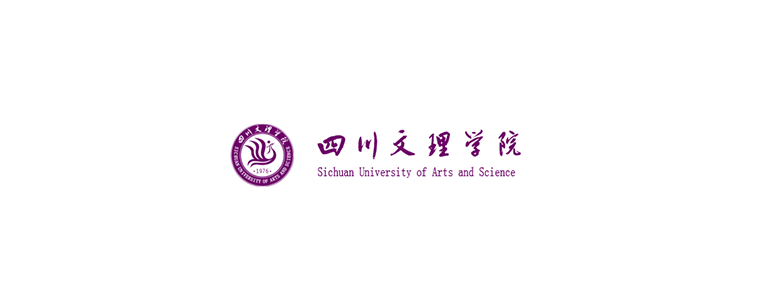
-
Rushan Yintan Tourist Resort
Yintan Tourist Resort is located on the southeast coast of Rushan City, Weihai, Shandong Province. It connects Weihai to the east, Yantai to the north, Qingdao to the West and Huanghai to the south.
Views: 107 Time 2018-12-22 -
Fuping Pottery Art Village
Pottery Village is located in the north of Fuping County. It relies on the site of Tang Dingzhou Kiln. It is a cultural and custom experience scenic spot consisting of a quasi-three-star hotel, three .
Views: 154 Time 2019-01-12 -
Jiahe City Hot Spring Valley
Jiahe City Hot Spring Valley is located in Jiahe City, Nanwu Avenue, northeast of Nanning City. It is about 13 kilometers away from Nanning International Convention.
Views: 378 Time 2019-01-21 -
Jiangshan Peninsula Tourist Resort
Jiangshan Peninsula Tourist Resort is a provincial tourism resort development zone approved by the People's Government of Guangxi Zhuang Autonomous Region in 1994..
Views: 166 Time 2019-01-21 -
Longsha Park
Located in the center of Qiqihar city, Longsha Park has a history of one hundred years. It covers an area of 64 hectares, including 20 hectares of water..
Views: 149 Time 2019-02-06 -
Mawei Shipping Museum
The Mawei Shipbuilding Cultural Heritage Group in Fuzhou is centered on the Chinese Shipbuilding Cultural Museum, including Zhongpo Battery, Zhaozhong Temple, British Consulate.
Views: 205 Time 2019-02-06 -
Peacock Dance of Dai Nationality
Dai peacock dance is the most famous traditional performing dance in Dai folk dance in China. It is spread in Ruili, Luxi, Xishuangbanna, Mengding, Mengda, Jinggu, Cangyuan.
Views: 207 Time 2019-04-24 -
The Mausoleum of the Yellow Emperor
The Mausoleum of the Yellow Emperor is one of the national intangible cultural heritages, which has formed a certain scale format and sacrificial ceremonies in the long-term practice..
Views: 150 Time 2019-05-04 -
Jiaodong drum
Jiaodong Drum is a folk folk folk art form which originated in the coastal counties of Jiaodong Peninsula. It has a history of more than 260 years so far. It originated from the blind.
Views: 316 Time 2019-05-06 -
Sichuan University Of Science and engineering
Sichuan University of Light Chemical Industry is a general full-time university with more than 50 years of undergraduate and nearly 20 years of postgraduate education, which has coordinated developmen.
Views: 228 Time 2019-08-31 -
Chengdu Yongling Museum
The Royal Museum of Wang Jian, located at No.10 Yongling Road, Jinniu District, Chengdu, covers a total area of 54000 square meters, and is composed of three parts: cultural relics protection area, comprehensive museum and garden protection area..
Views: 123 Time 2020-10-18 -
Luzhou local culture
Luzhou cuisine is a branch of three main local flavor schools in Modern Sichuan cuisine. In June 2018, Luzhou City released four local standards for "Luzhou cuisine", namely, Douban tuoyu, dry roasted carp, Luzhou pickled sea pepper and Luzhou pickled ginger, marking that Luzhou has its own standard for "Luzhou cuisine"..
Views: 151 Time 2020-12-14
